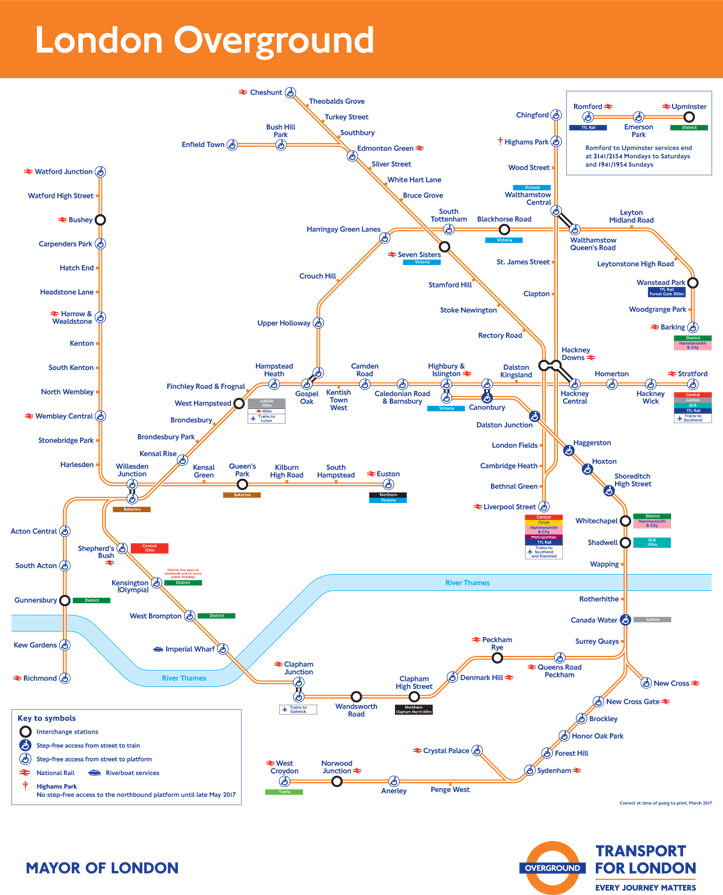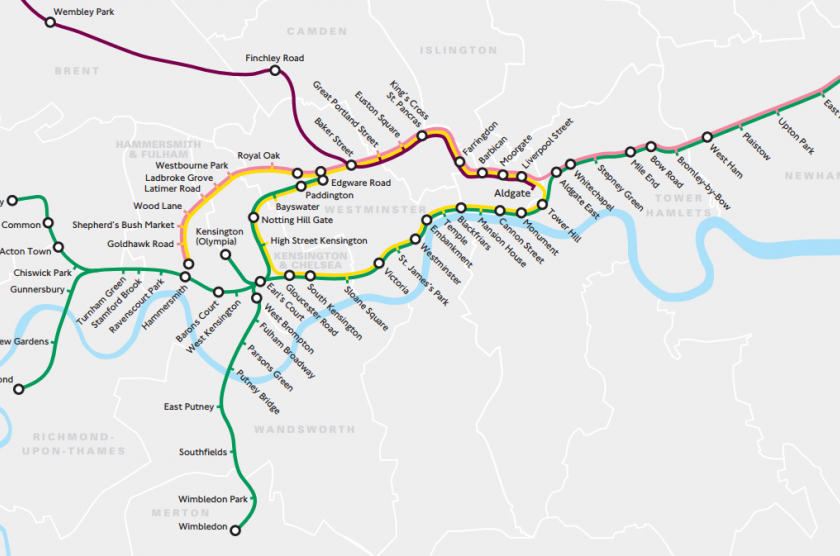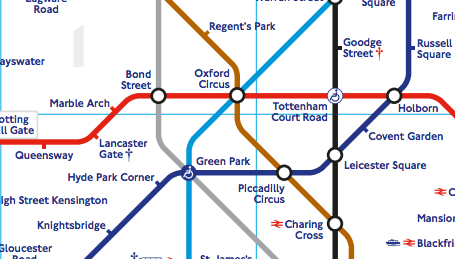Back to blog
It’s no secret that the Tube Map is getting as crowded as a train carriage at rush hour. But among all of the Tube Map’s numerous lines which ones are actually Tube lines and which ones aren’t? What’s the difference between the London Underground and the DLR? And what would the map be like without Tube lines?
 Is it a Tube line? Answer: No.
Is it a Tube line? Answer: No.
 Is it a Tube line? Answer: No.
Is it a Tube line? Answer: No.
 Is it a Tube line? Answer: No.
Is it a Tube line? Answer: No.
 Is it a Tube line? Answer: No.
Is it a Tube line? Answer: No.
 Is it a Tube line? Answer: Yes!
Is it a Tube line? Answer: Yes!


 References:
TfL, City Metric.
Image Credits:
DLR map via Wikimedia Commons.
Back to blog
References:
TfL, City Metric.
Image Credits:
DLR map via Wikimedia Commons.
Back to blog
Trams
Let’s get the easy ones out of the way first. The trams are a relatively recent addition to the Tube Map. They were added in June 2016 (gosh doesn’t time fly?). The trams are most definitely not a part of the Tube. But TfL added them to “make it easier for those travelling to Wimbledon, Croydon or Beckenham to plan their journeys.” Is it a Tube line? Answer: No.
Is it a Tube line? Answer: No.
London Overground
It’s in the name. As Tube lines travel underground, for at least a portion of the line, these wouldn’t count either. The Overground consists of different railway services that were taken over by TfL in the 2000’s. There has even been talk of TfL taking over more railway lines, officially making them a part of the Overground. So if you think the Tube map looks busy now, just wait until that happens! Is it a Tube line? Answer: No.
Is it a Tube line? Answer: No.
DLR (Docklands Light Railway)
The DLR is an unusual bit of transport, nestled on the right-hand side of the Tube Map. It’s an automated “light metro” system but is sometimes referred to as a railway. The DLR is above ground so like the Overground it doesn’t count. It also has driverless trains, making it unique amongst London transport!Circle, District, Hammersmith & City and Metropolitan lines
If you’re a bit confused why these are separated from the ones below, we don’t blame you. These are part of the London Underground network and you could call them Tube lines but it depends on how pedantic you want to get. You see these lines are all “sub-surface” lines. This means they were made by digging a trench and then covering earth back over the top. This is called the “cut and cover” method and is also the reason why these lines get air conditioning. TfL made a map of these lines to make a Tube Map without the tube lines! Is it a Tube line? Answer: No.
Is it a Tube line? Answer: No.
Bakerloo, Central, Jubilee, Northern, Piccadilly, Victoria and Waterloo & City lines.
These are all something called a “Deep Level” or “Deep Tube” line. This means they’re circular tunnels bored deep underground. They’re lined with cast-iron or concrete rings and the tracks are smaller than their sub-surface counterparts. The trains themselves are also shorter to fit through the smaller space. So yes, they are the epitome of Tube lines. Is it a Tube line? Answer: Yes!
Is it a Tube line? Answer: Yes!
Bonus: Emirates Air Line Cable Car
Nope, no, no, no, no, nopity, nope. Definitely not a Tube line. It’s a cable car hanging in the air, so it’s about as far from a Tube line as you can get. So now that’s cleared up. Is it time to stop calling it the “Tube Map”? What do you think? Let us know by sending us a message on Facebook or Twitter. To plan journeys and check live information about the Tube, download Tube Map for free.



